In a ruling released today, the Competition and Markets Authority has retrospectively blocked Facebook/Meta’s purchase of Giphy.
It’s an interesting (and somewhat concerning) decision for three reasons:
1. Potential Competition
There were two main ‘theories of harm’ that led the CMA to call for Facebook/Meta to sell off Giphy. First, there was the concern that Facebook/Meta could limit access to Giphy’s GIF libraries for competitors to Facebook and Instagram, such as Twitter. Second, the CMA saw Giphy as a potential competitor to Facebook’s Display Advertising business.
This is a curious reason because, as my co-author Sam Bowman argues, “It proves too much.” Giphy is not currently a competitor to Facebook in digital advertising — its ad business is simply too small. It is so small, in fact, that the initial takeover did not require board level approval. The CMA’s concern is about competition in the future that could be lost – the fear that Giphy could, in effect, be the next Instagram and some day have a significant presence in digital advertising.
But if Giphy is a potential competitor in display advertising, then why isn’t, for example, Google’s display advertising business also a competitor today? And why isn’t any company with a large userbase online a potential competitor that could be just as much of a constraint on Facebook as the CMA believes Giphy could be? In effect, the CMA is trying to define the market both broadly, to include Giphy’s potential competition, but also narrowly, to exclude every other actual and potential online advertiser.
This is a more general problem not linked to the specific deal in question. When you define a business as a potential competitor, you also inevitably define other similar businesses as potential competition too. This can radically change our view of how competitive any given market is.
As Sam Bowman and I wrote in our paper Better Together: The procompetitive effects of mergers in tech:
If one firm with a similar, but fundamentally different, product poses a potential threat to a purchaser, there may be many other firms with similar, but fundamentally different, products that do, too.
If Instagram posed a potential or nascent competitive thread to Facebook when Facebook acquired it, with its photo feed and social features, then so must other services with products that are clearly distinct from Facebook, but have social features; in which case Facebook faces potential competition from other services like Tiktok, Twitch, Youtube, Twitter and Snapchat, all of which have services that are at least as similar to Facebook’s as Instagram’s. In this case, the loss of a single, relatively small, potential competitor out of many cannot be counted as a significant loss for competition, since so many other potential and actual competitors remain.
There’s a further problem. In assessing potential competition, the CMA must assess the viability of various different business models. But is it capable of doing so? Questions like “Will Giphy’s paid alignment (i.e. brands agree partnerships with Giphy to show relevant GIFs when users search the library) model provide meaningful competition to Facebook/Meta’s advertising business?” and “Can loss-making Giphy raise additional finance if the prospect of a takeover from a tech giant is off the table?” are far from clear even to the most well-informed analysts of these markets, and it is unclear whether the CMA’s understanding is even that sophisticated. If the CMA’s assessment of market conditions is inaccurate, then there is a real risk of harm to competition and innovation if it erroneously blocks a deal that would have been procompetitive.
2. The CMA prefers structural to behavioural remedies.
The second theory of harm, other than the idea that Giphy might have become a competitor of Facebook/Meta’s in digital advertising someday, was the idea that Facebook/Meta could cut off access for competitors to Giphy’s GIF libraries, which the CMA found did not have many close substitutes. But, if true, this could be addressed by a range of behavioural remedies.
Why not force Facebook/Meta to maintain open access to the Gif libraries for the near future, at least until competitor libraries are developed?
Alternatively, Giphy’s terms of services could be changed to allow ‘commingling’ where Giphy’s results can be viewed alongside a competitor’s GIFs. In theory, this could help a competitor develop using a Giphy-style ‘paid alignment’ advertising model.
However, both of these remedies were dismissed in favour of a break-up.
3. Is lowering the burden of proof really necessary?
Elsewhere, the CMA is proposing to lower the standard of proof needed to block mergers and acquisitions involving tech firms with “strategic market status” (e.g. Facebook and Google). Under the status quo, the CMA can block a deal if it is deemed to carry a greater than 50 per cent chance of substantially lessening competition. But under the CMA’s proposals, under consideration by the government, the CMA could stop any acquisition by a SMS firm that creates a ‘realistic prospect’ - defined by a court as being a ‘greater than fanciful’ chance – of reducing competition.
The CMA argues that changing the rules is necessary to block deals that threaten potential competitors – such as Facebook/Meta’s takeover of Instagram. But if the CMA is able to block the Facebook/Giphy deal under the status quo, it raises the question: is changing the burden of proof actually necessary to block the deals the CMA thinks need to be stopped? I’d argue the answer is no: it has blocked this deal on relatively speculative potential competition grounds.
There is, of course, a major risk attached to any real or perceived crackdown on mergers. Venture capitalists invest in startups in the hope of a lucrative exit. Most VC-backed businesses fail and only a chosen few are able to IPO and list on a stock market. Mergers and takeovers are a major route to exit. They derisk high-growth entrepreneurship and as a result, we get more of it. Studies show that tougher M&A rules are linked to lower levels of equity investment in startups. If exits are blocked, the result will be less investment, less entrepreneurship, and less innovation.
The Times is already reporting that Amazon “have paused the idea of making any UK acquisitions because it views the country’s regulatory regime as unpredictable.” If the CMA gets what it wants, along with its newly restrictive attitude to acquisitions, it may make it much more difficult for UK startups to grow. Though the CMA probably should not factor in the impact on startup formation and VC investment to its decisions, the Government should.

